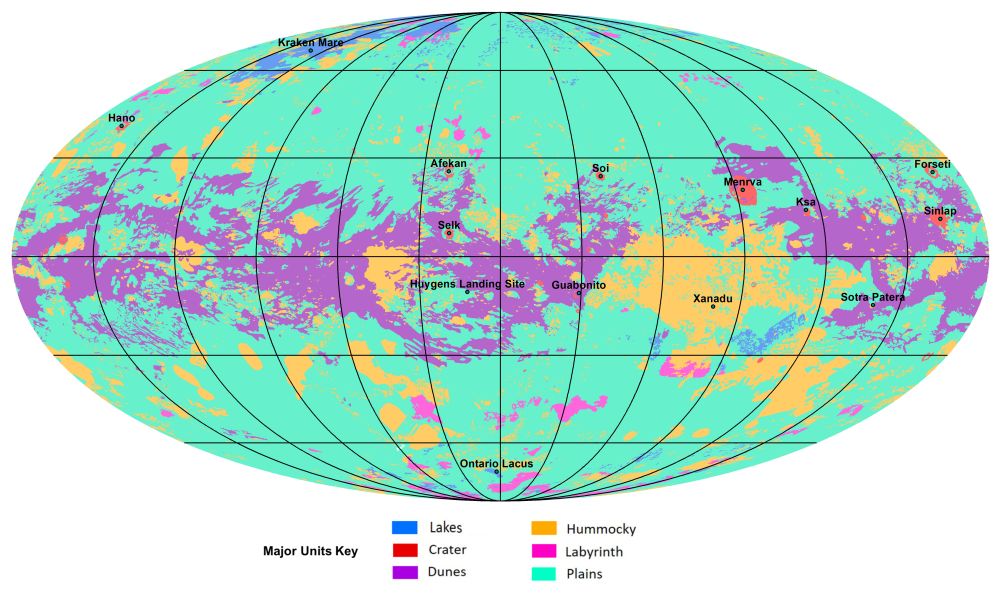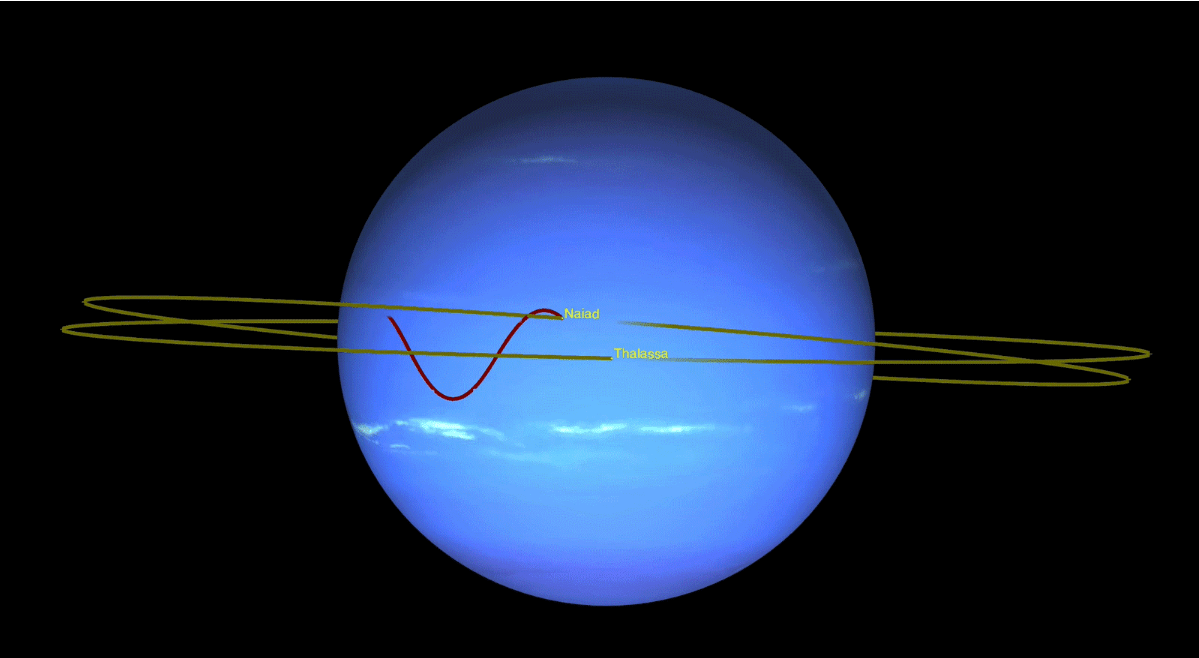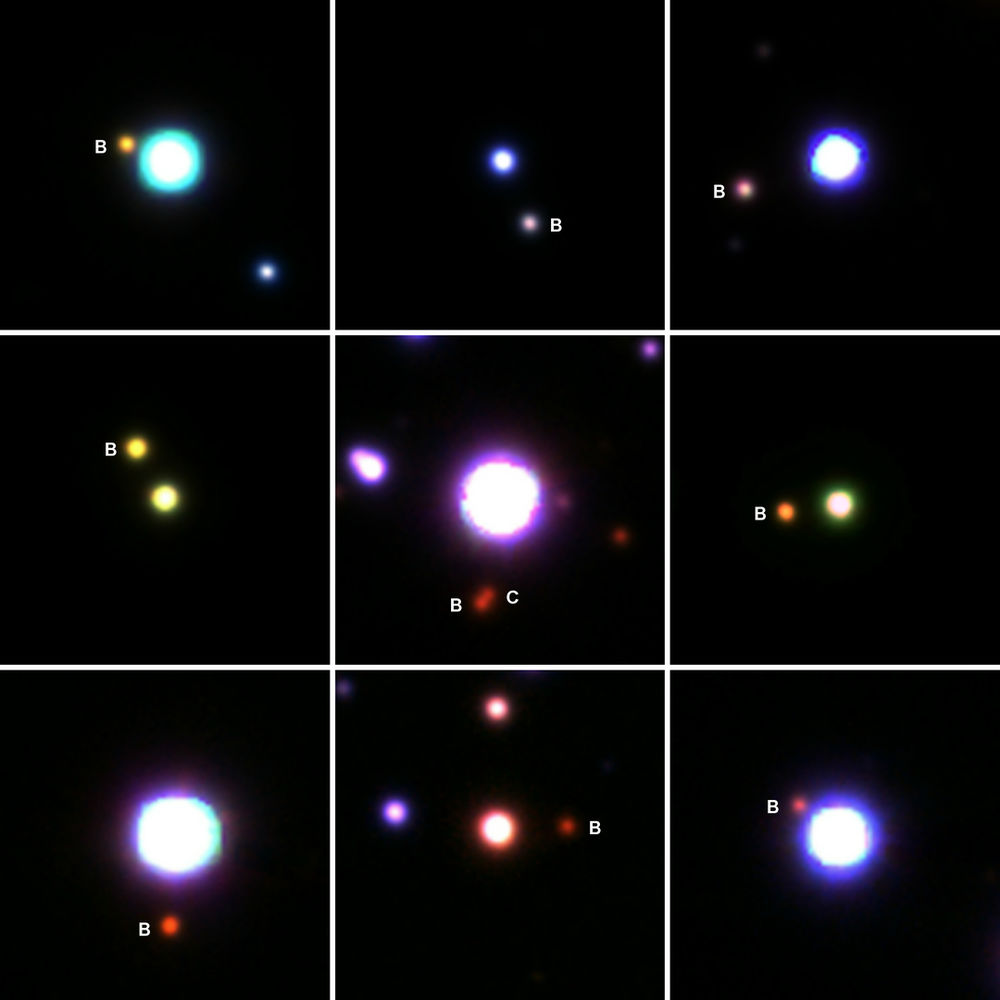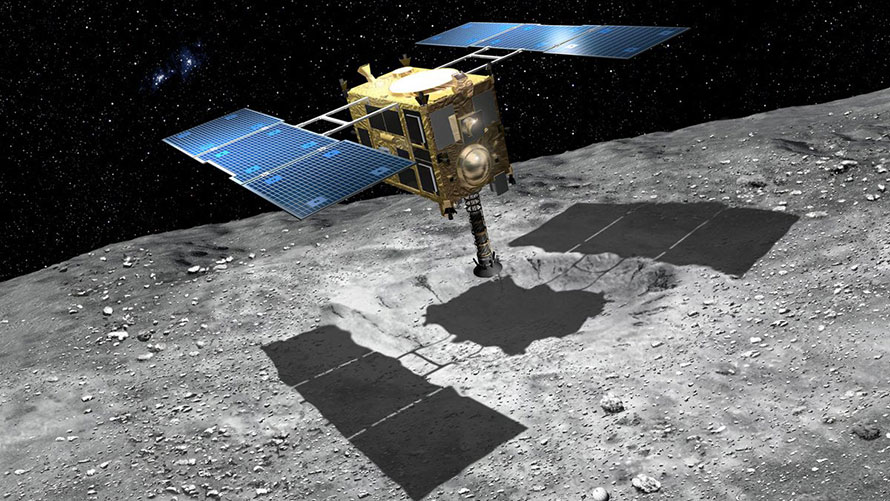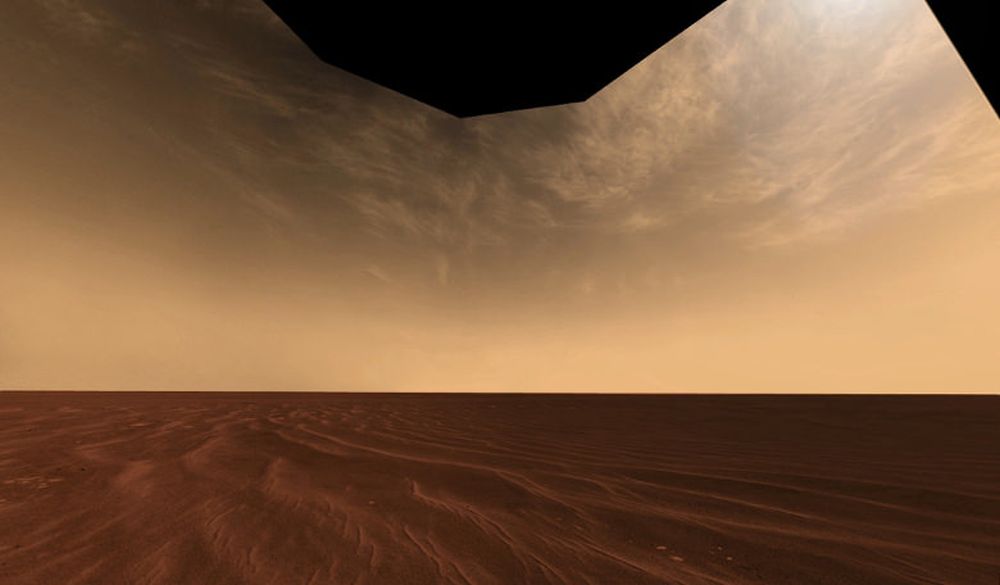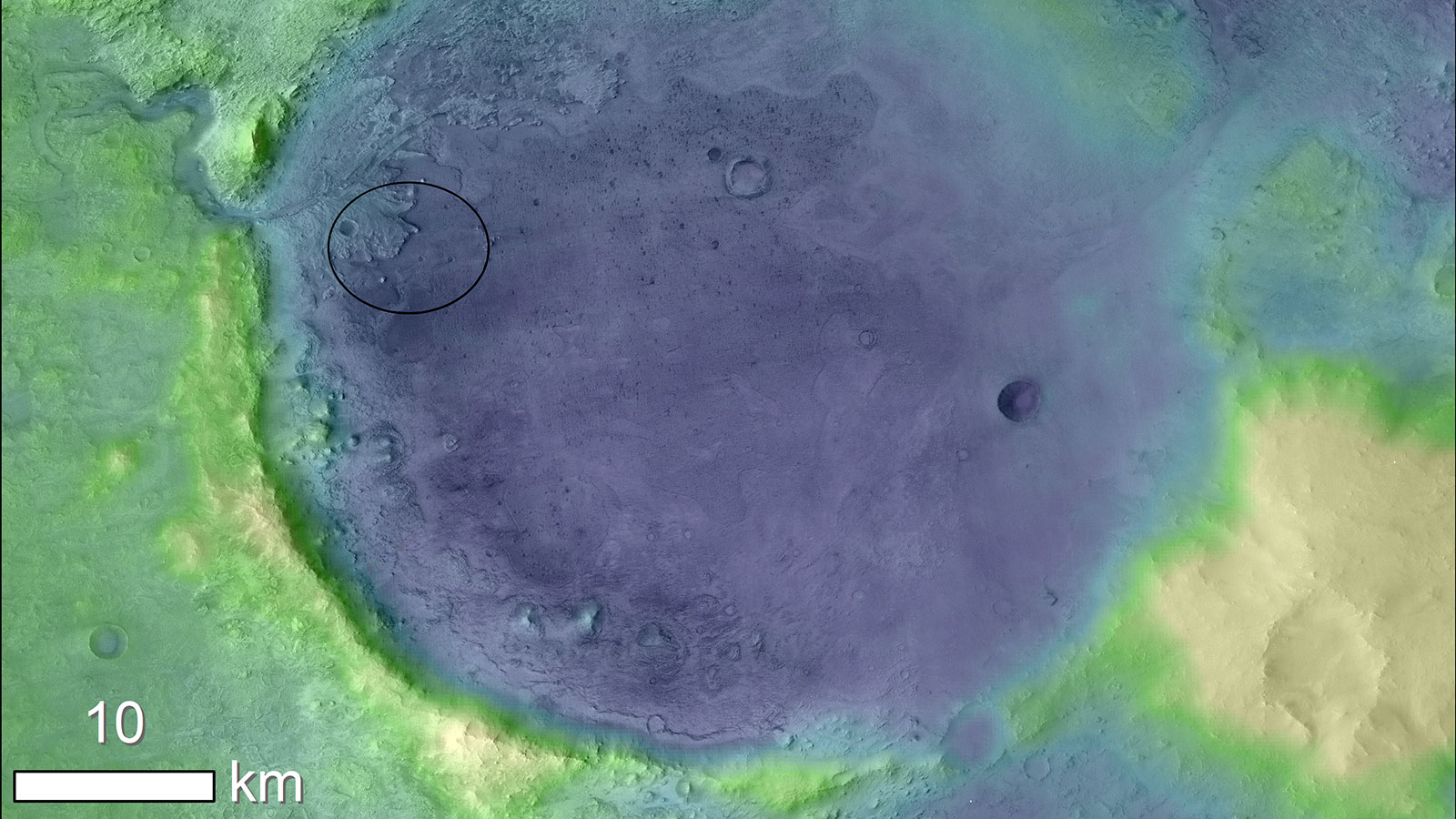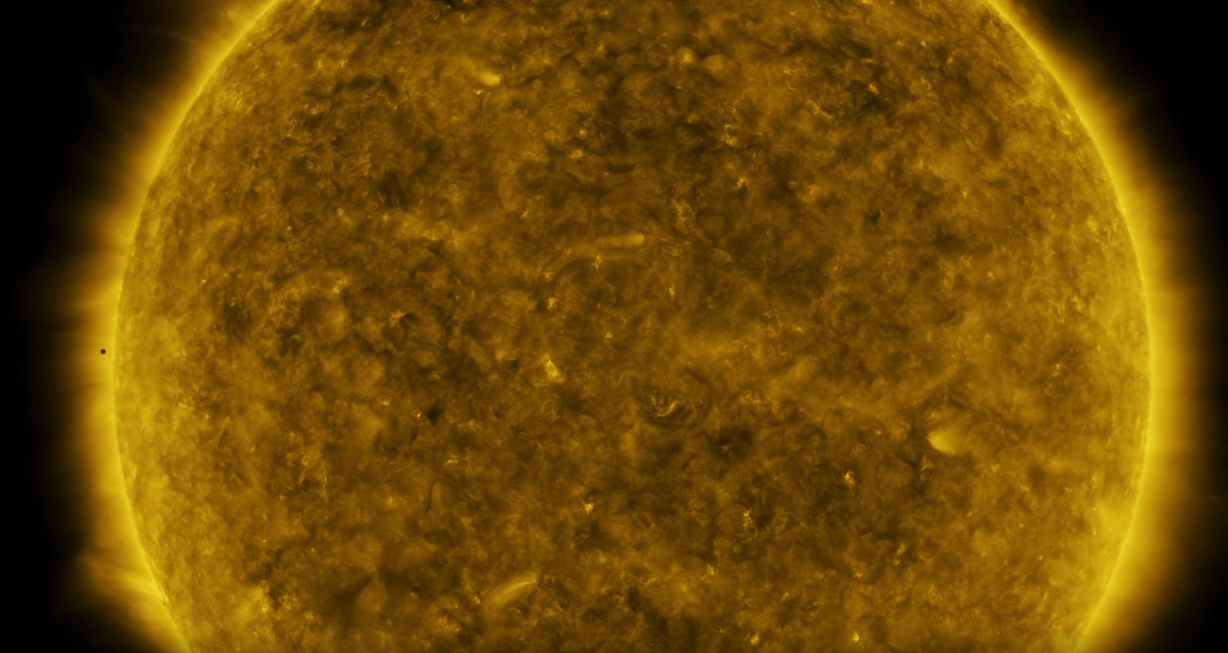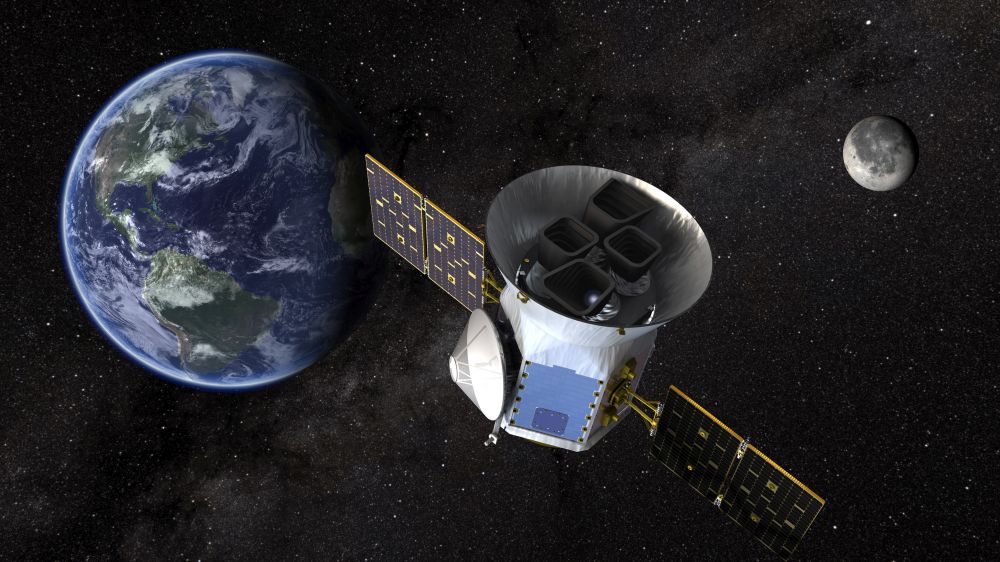There’s a disturbing lack of hibernation in our space-faring plans. In movies and books, astronauts pop in and out of hibernation—or stasis, or cryogenic sleep, or suspended animation, or something like it—on a regular basis. If we ever figure out some kind of hibernation, can we take advantage of it to get by with smaller spacecraft?
The European Space Agency (ESA) is working to answer that question.
Continue reading “If Astronauts Hibernated on Long Journeys, They’d Need Smaller Spacecraft”

